Introduction
In today's fast-paced and highly connected world, seamless communication within buildings is no longer a luxury—it's a necessity. Whether it's for commercial buildings, hospitals, educational institutions, or emergency services, maintaining strong and reliable communication channels indoors is critical. Unfortunately, structural barriers like thick concrete walls, metal infrastructures, and underground spaces often hinder signal strength. This is where Bi-Directional Amplifiers (BDAs) and Distributed Antenna Systems (DAS) come into play.
Understanding Bi-Directional Amplifiers (BDAs)
BDAs are powerful devices designed to enhance radio frequency (RF) signals within buildings. They work by amplifying both incoming and outgoing signals, ensuring clear and uninterrupted communication throughout various parts of a facility. BDAs are particularly beneficial in areas prone to poor signal reception, such as basements, stairwells, and large warehouses.
Key Features of BDAs:
- Amplify weak RF signals to improve voice clarity and data transmission.
- Ensure consistent coverage in hard-to-reach indoor areas.
- Support critical communication systems, including public safety radios.
The Role of Distributed Antenna Systems (DAS)
While BDAs boost the signal, DAS distributes it evenly across a building. A DAS consists of a network of strategically placed antennas connected to a central signal source. This setup ensures that signals are uniformly distributed, eliminating dead zones and providing robust coverage even in complex building layouts.
Types of DAS:
1. **Active DAS:** Uses fiber optics to distribute signals over large distances.
2. **Passive DAS:** Utilizes coaxial cables and splitters for smaller or less complex buildings.
3. **Hybrid DAS:** Combines features of both active and passive systems for maximum flexibility.
Benefits of Implementing BDA and DAS Solutions
- **Enhanced Communication:** Ensures reliable voice and data communication across all areas, including challenging environments.
- **Improved Emergency Response:** Provides first responders with strong, uninterrupted communication channels during critical situations.
- **Regulatory Compliance:** Meets local and federal requirements for in-building emergency communication systems.
- **Operational Efficiency:** Reduces communication delays, enhancing productivity in commercial and industrial settings.
Considerations for Implementation
1. **Site Assessment:** Conduct a comprehensive analysis to identify coverage gaps.
2. **Customized Design:** Develop a tailored solution based on the building's size, structure, and specific communication needs.
3. **Professional Installation:** Ensure the system is installed by certified professionals to guarantee compliance and optimal performance.
4. **Ongoing Maintenance:** Regular testing and maintenance are crucial to keep the system functioning effectively.
Conclusion
Investing in BDAs and DAS is not just about enhancing communication; it's about ensuring safety, meeting regulatory standards, and improving operational efficiency. Whether you're managing a corporate office, a hospital, or an educational institution, these systems provide the reliable, seamless communication that modern environments demand.


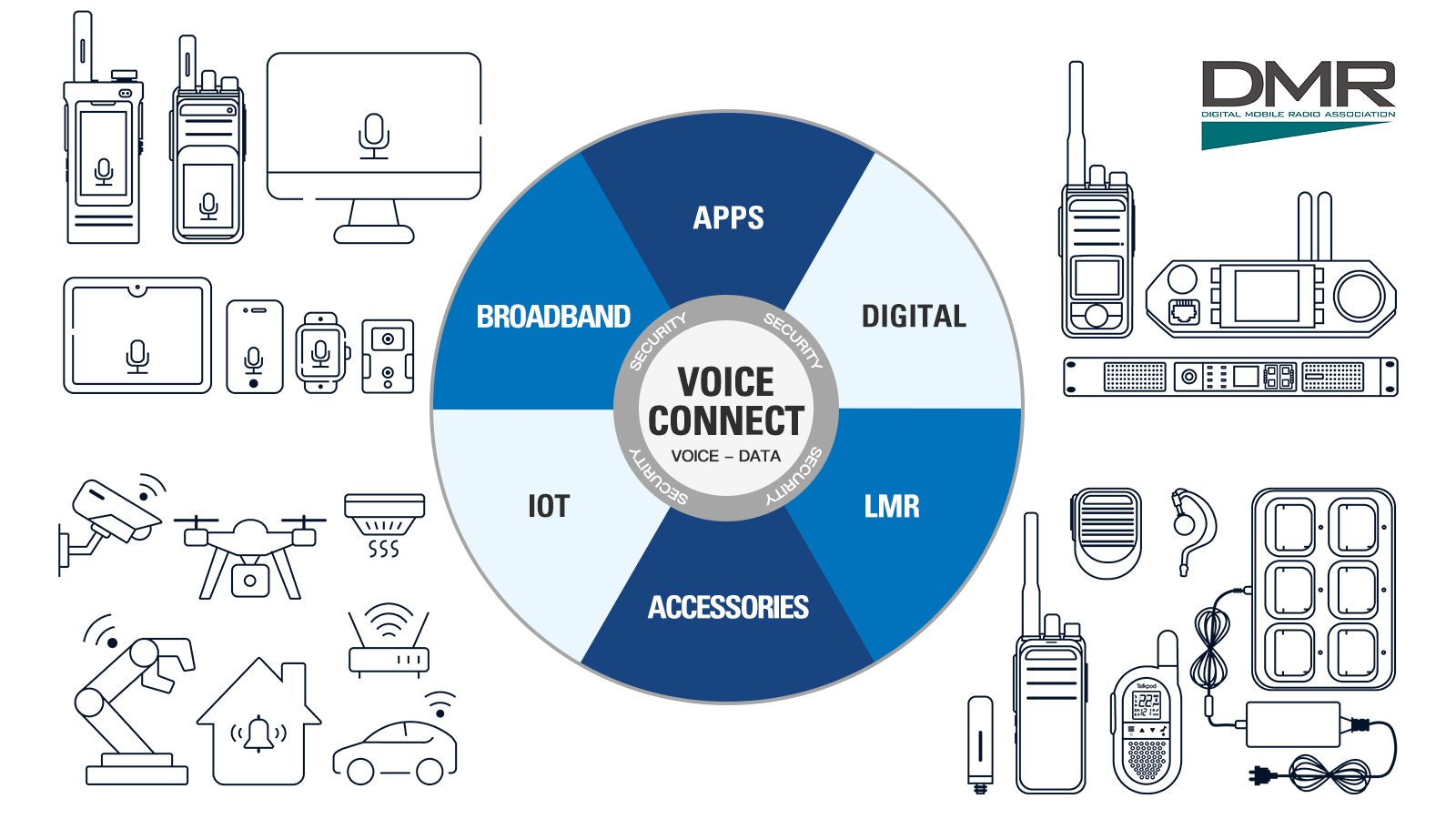
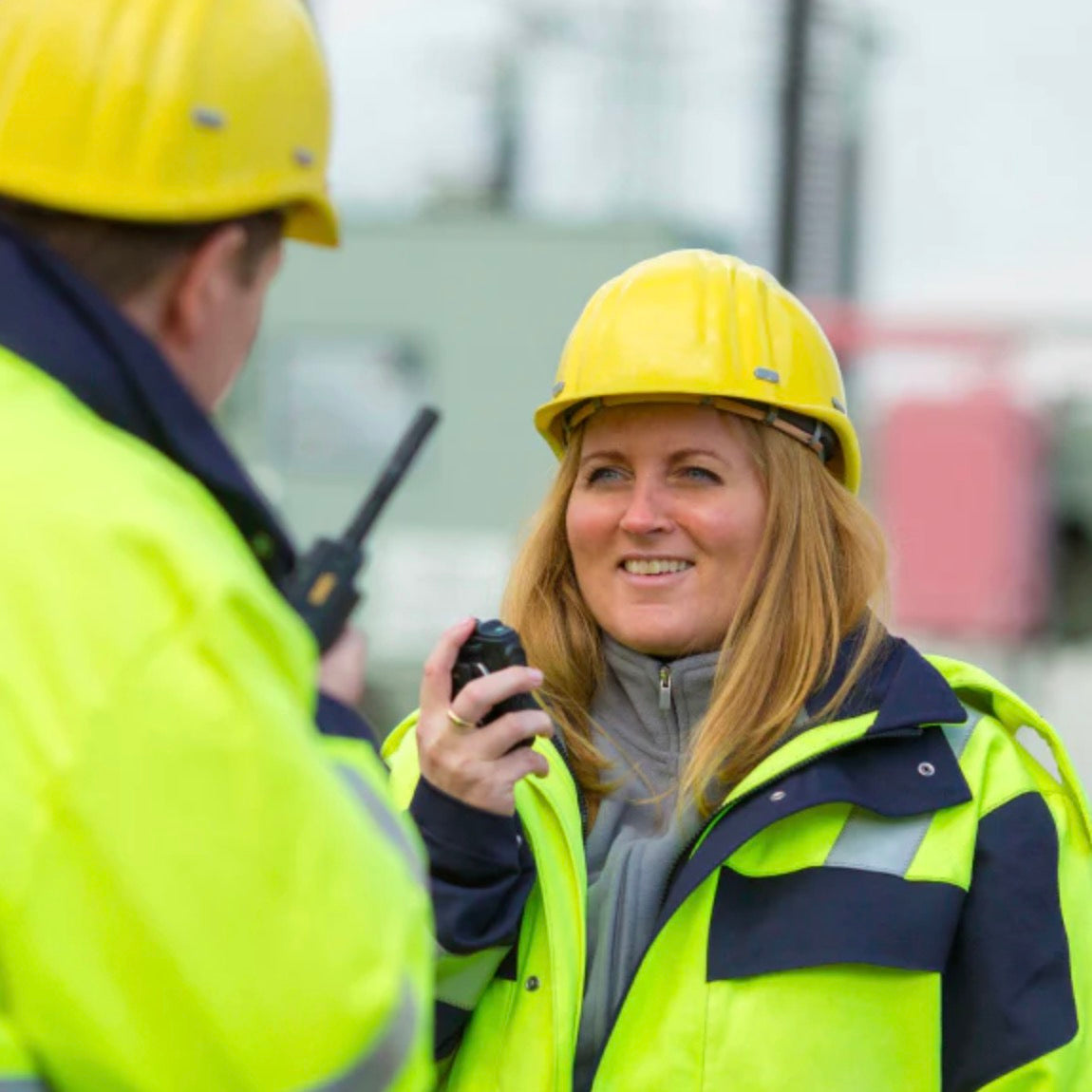

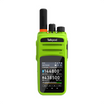
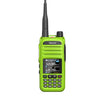
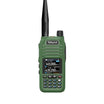
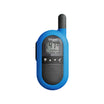


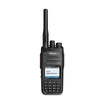
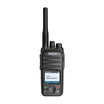
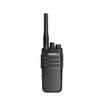
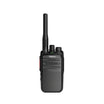
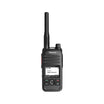
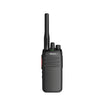
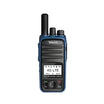
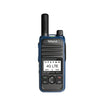
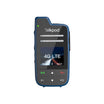
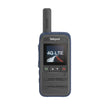
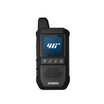
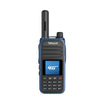
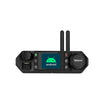
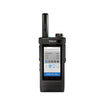
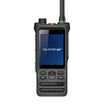


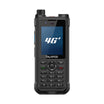
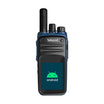
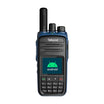
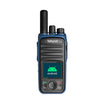
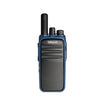
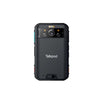
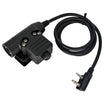
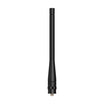
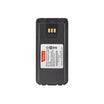
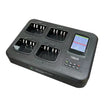
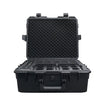

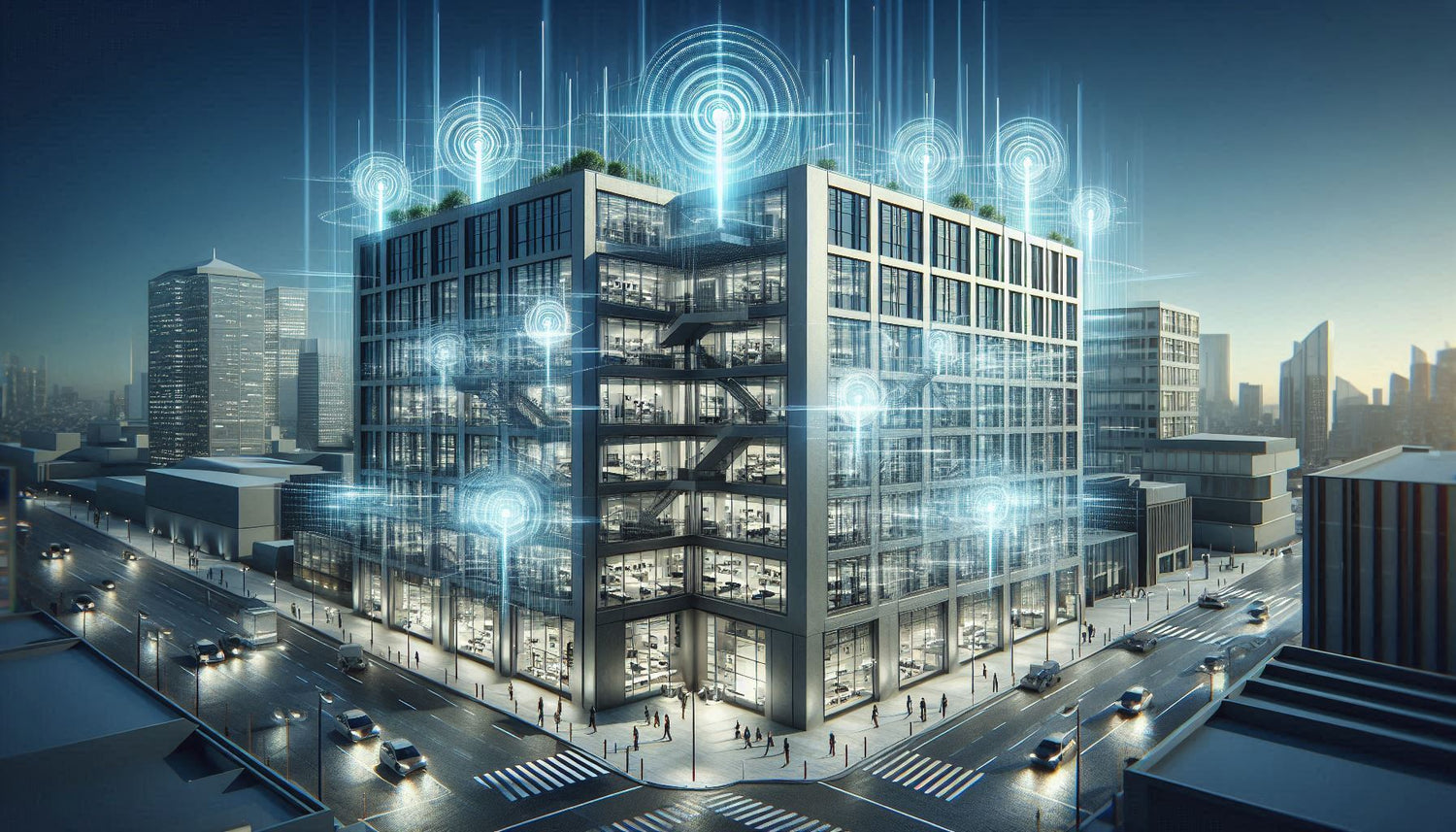
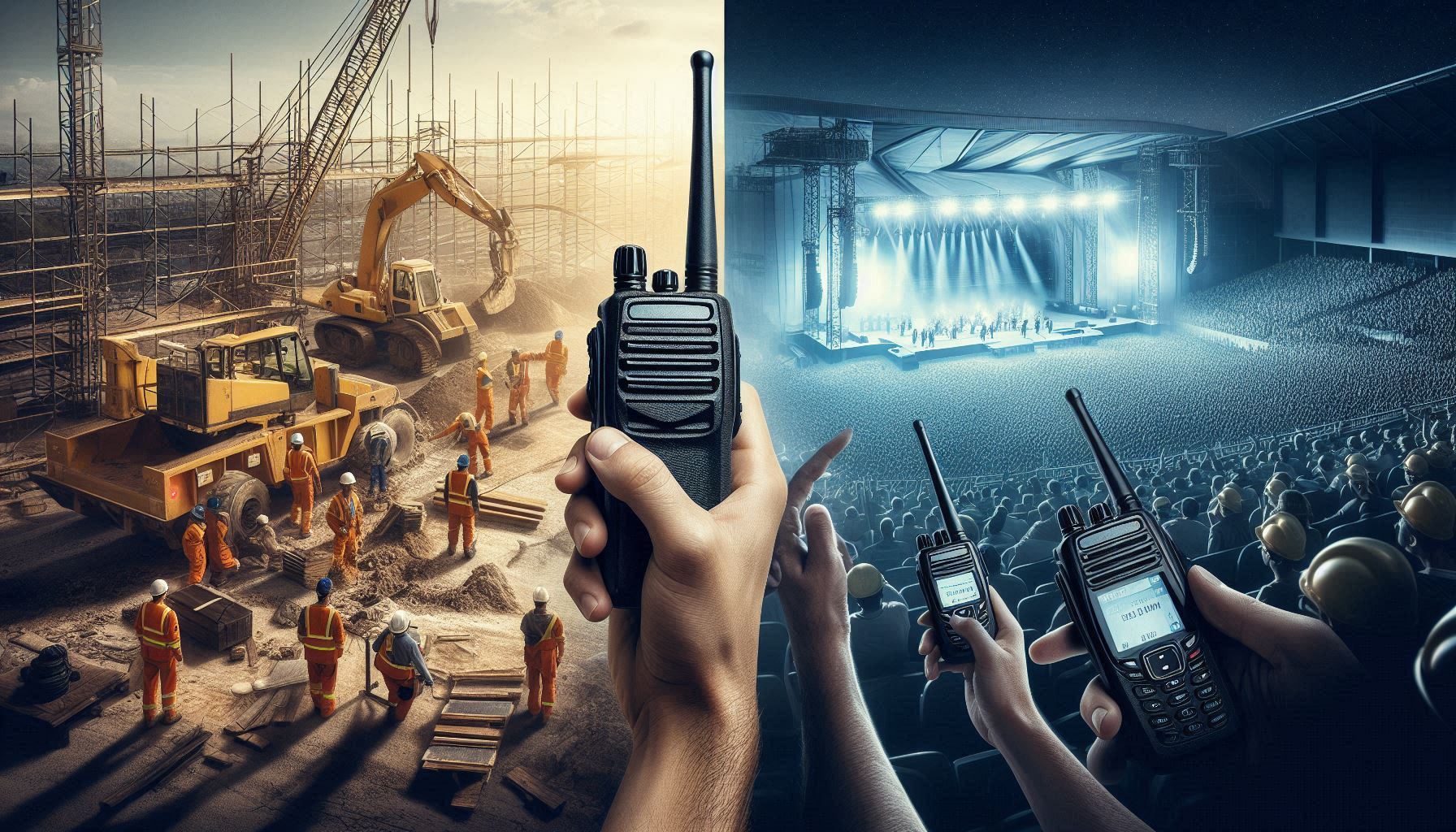

Leave a comment
All comments are moderated before being published.
This site is protected by hCaptcha and the hCaptcha Privacy Policy and Terms of Service apply.